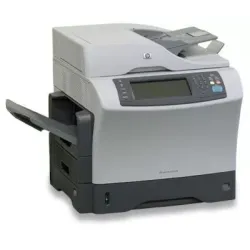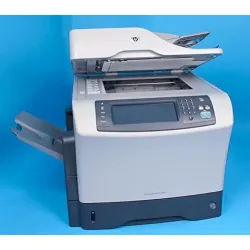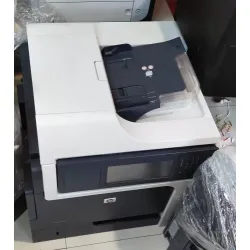Buy Printers Online at the Lowest Prices in India- Epson, HP, Lipi, TVS, Zebra
What are Printers?
Printers are devices that are used to produce hard copies of digital documents or images. They take digital information from a computer or other electronic device and transfer it onto paper or other types of media using ink, toner, or other printing materials. Printers can vary in size and type, from small desktop printers to large commercial printing presses. They can also use different printing technologies such as inkjet, laser, thermal, or dot matrix to produce the final output. Printers are widely used in homes, businesses, and other industries for a variety of purposes, including printing documents, photos, graphics, labels, and more.
Tips for maintaining your printer to ensure optimal performance
Proper maintenance of your printer is important to ensure optimal performance and extend the lifespan of your device.
Keep your printer clean:
Dust and debris can accumulate inside your printer and affect its performance. Regularly clean the exterior and interior of your printer with a soft, dry cloth.
Use high-quality printing materials:
Using high-quality ink, toner, and paper can improve the output quality of your printer and reduce the risk of clogs and other issues.
Replace cartridges and other parts when necessary:
Replace ink or toner cartridges when they run out or start to fade. Also, replace other printer parts such as rollers or fusers if they become worn or damaged.
Print regularly:
Regularly using your printer can help prevent clogs and keep the ink or toner flowing smoothly.
Keep your printer in a stable environment:
Avoid exposing your printer to extreme temperatures or humidity, and keep it in a stable environment to prevent damage.
Update your printer driver software:
Make sure to keep your printer driver software up-to-date to ensure compatibility with your computer's operating system and to access the latest features and fixes.
Use power management settings:
Many printers have power management settings that can help reduce energy consumption and extend the lifespan of your device.
By following these tips, you can help keep your printer in optimal condition and ensure it performs at its best.
Types of Printer
There are several types of printers available on the market today, each with its own advantages and disadvantages.
Inkjet Printers:
Inkjet printers work by spraying tiny droplets of ink onto paper. They are popular for home and small office use and can produce high-quality color prints. Inkjet printers can be affordable but may require more frequent ink cartridge replacements.
Laser Printers:
Laser printers use toner powder and a heated roller to fuse the toner onto the paper. They are ideal for high-volume printing, producing sharp, crisp text documents at a fast pace. Laser printers are often more expensive upfront but can be more cost-effective over time for large-volume printing.
Thermal Printers:
Thermal printers use heat to transfer ink or wax onto paper, labels, or other materials. They are commonly used for printing receipts, barcodes, shipping labels, and other forms of labels. Thermal printers can be fast and efficient, but the print quality may not be as high as other types of printers.
Dot Matrix Printers:
Dot matrix printers use a series of pins to strike an ink ribbon, transferring the ink onto paper. They are known for their durability and ability to produce multi-part forms. However, they are slower and louder than other types of printers, and the print quality may not be as high.
3D Printers:
3D printers use a variety of materials, including plastics, metals, and ceramics, to create three-dimensional objects. They are used in industries such as manufacturing, medicine, and aerospace to create prototypes, tools, and even human body parts.
Each type of printer has its own strengths and weaknesses, and the best choice for you depends on your specific needs and intended use.
The Future of Printing
The future of printing technology is exciting, with ongoing advancements that are likely to change the way we think about printing.
3D Printing:
3D printing is becoming more widely available and is being used in a variety of industries, from manufacturing to medicine. As technology becomes more advanced and affordable, we can expect to see 3D printing become more commonplace in homes and small businesses as well.
Smart Printing:
With the Internet of Things (IoT) and smart technology becoming more widespread, we can expect to see printers that are capable of communicating with other devices and systems. For example, a printer could automatically reorder ink or toner when supplies are running low, or communicate with a building's climate control system to optimize energy usage.
Sustainable Printing:
As more consumers and businesses become aware of the environmental impact of printing, we can expect to see continued efforts to create more sustainable printing solutions. This may include developing new materials for printing, reducing waste through improved design, and creating more energy-efficient printing processes.
Advanced Materials:
Researchers are continually exploring new materials for printing, such as graphene, which could have applications in electronics, sensors, and even medical devices.
Portable Printing:
Advances in mobile printing technology are making it easier to print from smartphones and tablets. We can expect to see continued improvements in portable printing devices that are lightweight, compact, and capable of producing high-quality prints.
Overall, the future of printing technology is likely to be focused on sustainability, efficiency, and versatility. With ongoing advancements, we can expect to see printing become even more integrated into our lives and the world around us.
A printer is a device that produces hard copy output, such as text or images, from a digital source such as a computer. Printers can use a variety of technologies, including inkjet, laser, and thermal printing, to create output on a variety of media, such as paper, labels, or even 3D objects. They are widely used in homes, offices, and businesses to produce a wide range of printed materials, from documents and photographs to product labels and signage.
A printer is simply called a printer. It is a device that produces hard copy output, such as text or images, from a digital source such as a computer.
The most commonly used type of printer is the inkjet printer. They are versatile, affordable, and capable of producing high-quality color prints. Additionally, inkjet printers are typically smaller and less expensive than other types of printers, making them a popular choice for home and small office use. However, the type of printer that is most commonly used can vary depending on the specific needs and preferences of the individual or organization.
Currently, the fastest type of printer is the production inkjet printer, which is used mainly for commercial printing. These printers can print up to 100,000 pages per hour and are commonly used for printing newspapers, books, and other high-volume printing jobs. However, it's important to note that the actual speed of a printer can vary depending on several factors, including the type of printer, the complexity of the print job, and the quality of the output.


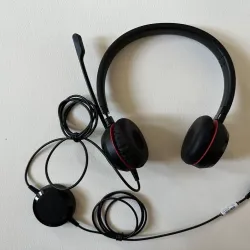
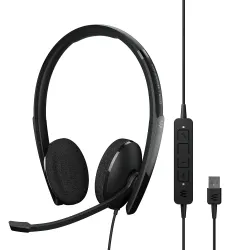


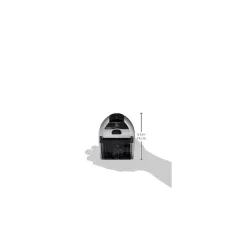
-250x250w.webp)
